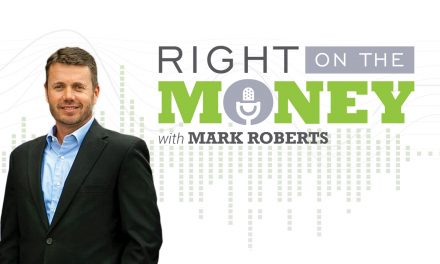Funding Family Generations and Charitable Giving Are Great Exit Strategies
Estate taxes are generally understood as federal death taxes for the wealthy. After all, the Unified Credit for couples is in excess of $10 million. However, most Americans still have to contend with their resident state because they don’t ditto the federal tax schedule, and many have low-asset thresholds for state taxation at death. But even if you had no federal- or estate-tax exposure, you still need to manage the transfer of your assets. Watch the interview with registered investment adviser Anthony Cangemi.
The first problem is the “estate stall.” American seniors are a significant demographic of the procrastination nation. They don’t have wills, no trust documents or family attorneys. But one thing we all have is a death experience, and that experience is generally dying intestate. And if that happens, get ready for the bureaucratic meat grinder that is probate.
Uncle Sam is not your uncle or any other relative. The dispassionate state rules by law, not your will. The state is not clairvoyant. It cannot assume you intent or motivations. Probate proceedings run your assets through a gauntlet of rules and regulations that can hand over your assets to people you never intended to have them. You have to have a will and trust documents to hold your assets and health directives. You need to have a family meeting to discuss the disbursement of financial assets, the family home and personal items. If there are dependent children, then a custodial discussion needs to take place. The last discussion may be the hardest conversation, your health directive and who makes the medical call if you can’t.
Then there’s legacy planning for your family, friends and charities. The conveyance of family assets from one generation to another is a means to perpetuate the bloodline in prosperity and sometimes into perpetuity. But never before has family giving taken on such a multiple-generational approach as it does now in the 21st century. Enter the age where four generations are living simultaneously together, great grandchildren living in the times of their great grandparents. Leaving a financial legacy to the bloodline is as almost as important as the transfer of DNA from one generation to the next.
Tax strategies and tactics have emerged over the years that encourage giving with additional economic benefit back to the donor. Products like annuities and life insurance have begun to play huge roles in guaranteed income and leveraging lump-sum giving. In our society, people love to give and there’s so many ways to accomplish funding charities with financial reciprocity to the donor. Planning for the transfer of assets is a passing of the baton and should be taken seriously.
Syndicated financial columnist Steve Savant interviews retirement specialist and registered investment adviser Anthony Cangemi. Right on the Money Show is an hour long financial talk distributed to 280 media outlets, social media networks and financial industry portals.




